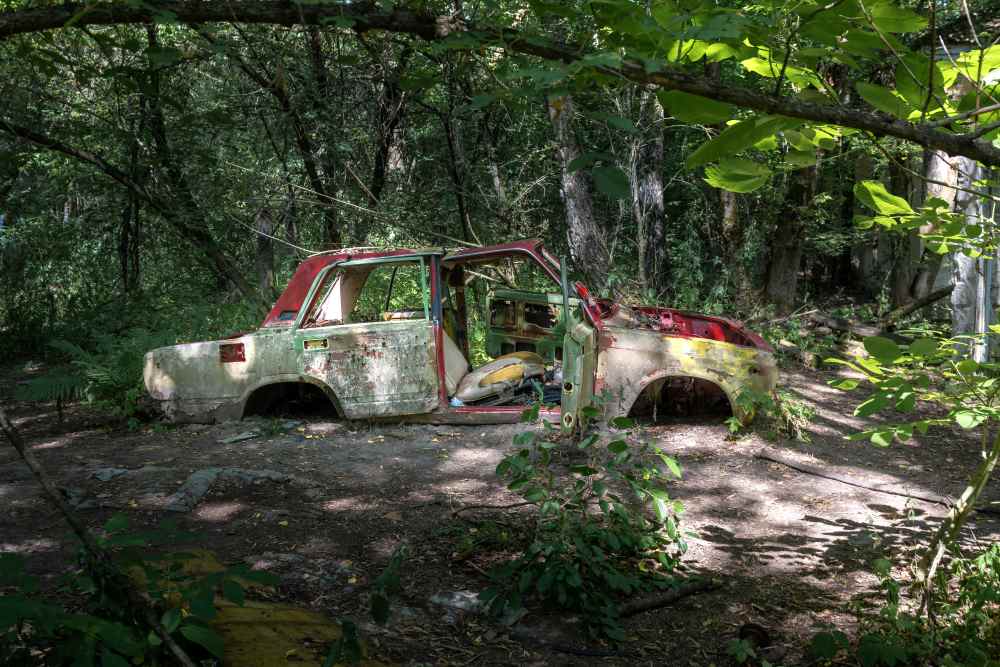What are Crumple Zones in Cars and How Does It Work?

Safety on the road is a paramount concern in today’s fast-paced world. Integrating crumple zones in cars is a remarkable advancement in the Indian automotive space. It plays a crucial role in reducing crash force and impact, thereby enhancing safety. Automakers are investing heavily to improve the build of crumple zones to further improve performance.
In this piece, we’ll delve into the meaning of crumple zones, their working principles and how crumple zones extend the deceleration of a car.
What does Crumple Zones In a Car Mean?
Also known as crush or crash zones, crumple zones in cars are areas designed to crumple in a controlled manner when subjected to collisions.
The concept behind the crumple zone is highly effective. They are strategically placed in the front and rear of the vehicles. The crumple zone allows specific parts of the cars to absorb energy during the crash, thus preventing the force from being transmitted to occupants.
How Do Crumple Zones in Cars Work?
The working of the crumple zone can be explained via two points:
1. Reduce the Initial Crash Force
The most effective way to lessen the initial crash force is to increase the impact time by creating a protective buffer zone around the car. The idea is to use deformable materials within the crumple zone as they are good at absorbing initial impact. This eventually extends impact time for a few tenths of a second.
2. Force Redistribution to Reduce Impact
Every component of the car and the person seated inside at the impact time absorbs some amount of force. The working of the crumple zone relies on the concept that the force necessary to bend the car’s steel frame is utilised for that purpose. This, thus, ensures that the passengers don’t suffer the effects.
What is the Composition of a Crumple Zone in Cars?
- Automakers often design crumple zones based on the vehicle's size and weight. They aim to find the right balance between impact resistance levels.
- Basic designs include frame segments built to bend or collapse strategically onto segments.
- The design's advanced version incorporates various metals to absorb kinetic energy efficiently.
- In high-performance cars, you can find honeycomb designs that offer rigidity under natural circumstances and can crumple in case of a crash.
How is a Crumple Zone Important in Preventing Fatalities in Auto Racing?
The terrifying collisions in auto racing are actually kinetic energy at work. While the experience is bad for the rider in case of a crash, the crumple zone in cars executes its design role perfectly: shielding the driver by dissipating energy during the crash.
Thus, the crumple zone clubbed with airbags and seatbelts offers maximum protection, ensuring passenger safety in case of impacts. These technologies have massively evolved over time and continue to undergo research by professionals to make them more safe and efficient.
















